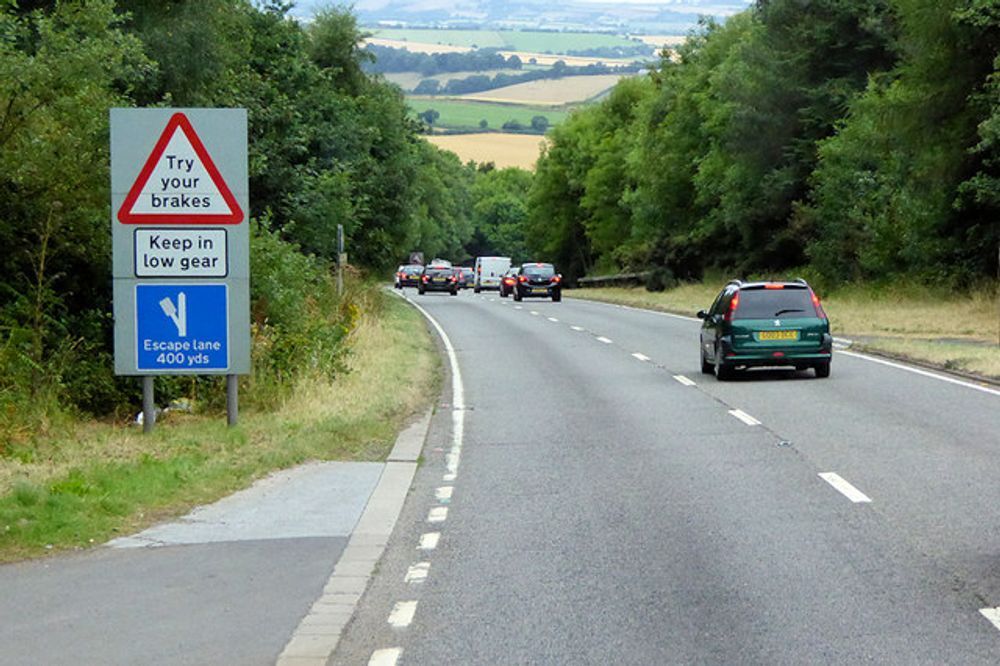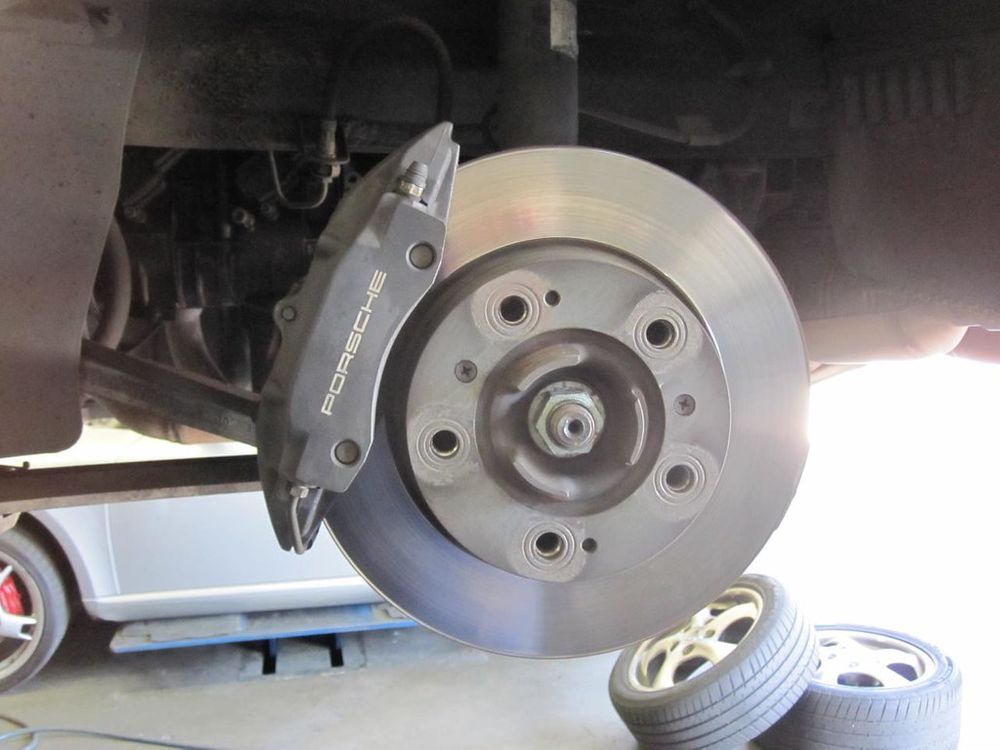When considering a new car for purchase and reading through its list of features, most people expect to see “ABS” (anti-lock braking system) and, barely noting its existence, scroll on by looking for more “important” things like seat warmers and cup holders.
Despite their lack of acclaim, anti-lock brakes are a very important addition to the motorized world and work in conjunction with the engine control module to increase safety. They've been around just long enough to become an expected feature as standard in most vehicles. Anti-lock brakes increase safety by controlling the pumping of the braking system in potentially dangerous situations to allow drivers to hopefully safely through them.
Let’s take a closer look at what you should know about anti-lock brakes.
Anti-Lock Brakes Have Become A Standard Feature
Anti-lock brakes were conceptualized in the early 1900s, but it wasn’t until the '50s that they began widespread integration into vehicles. Initially, in 1920, the system was placed into an aircraft to reduce tire slippage. They found that the system resulted in fewer tires burning or bursting.
ABS was being widely used in aircraft by the early 1950s and found its way into other vehicles shortly after. In 1958, anti-lock brakes were introduced to motorcycles by the Road Research Laboratory, which placed them in a Royal Enfield Super Meteor motorcycle. They found that the system reduced skidding, especially on slippery or wet surfaces.
When tested in automobiles in the 1960s, it was found that the fully mechanical version of anti-lock brakes was unreliable and expensive. This stalled ABS usage in automobiles until the development of an electronic version in the late 1960s. Mario Palazzetti developed the modern ABS system that is now the standard in the auto world at the Fiat Research Center. From there, the technology made rapid progress and was first integrated into Chrysler’s 1971 Imperial before being included in many other vehicles.
In 1978, Mercedes-Benz was one of the first companies to use an electronic multi-channel, four-wheel anti-lock brake system. This became the new standard and was a pivotal point in the history of anti-lock brakes. Mercedes-Benz made the ABS standard for all of their cars from 1987; other automakers followed in the early '90s.
Anti-Lock Brakes Do A Great Job At Protecting Us
Anti-lock brakes are a safety feature in modern cars and trucks that work by allowing electronic sensors and systems within the car (managed by the engine control module and the ABS module) to control the brakes on behalf of the driver in certain scenarios.
When the driver slams on the brakes in a dangerous situation (such as when driving along a slick or wet roadway), this may cause the vehicle to skid or hydroplane should the wheels lock up. The anti-lock braking system works to prevent that locking by sensing the speed of the wheels' rotation before pumping the brakes in a controlled manner.
Prior to the integration of anti-lock brakes, drivers were advised to pump the brakes themselves manually when skidding. However, this required a division of attention between the steering and braking. The inclusion of automated pumping prevents the wheels from locking and allows the driver to focus on steering the vehicle to safety.
In order to allow the ABS to engage, sensors are applied that monitor the rotation on each wheel. If the control unit for the brakes senses that any wheel is moving much slower than the overall speed of the vehicle, signaling a potential wheel lock issue, it reduces hydraulic pressure by adjusting the brake fluid on that brake to prevent the lock. Over time, this adjusting can cause bubbles and wear on the brake fluid, which requires “bleeding’ of brakes to ensure continued efficiency.
In more recent years, as further safety features have been added, they've been integrated with the ABS system for even more efficient use. Stability controls added more recently allow for additional sensors on the steering wheel and a gyroscopic sensor. These two additional sensors work in conjunction to ensure that the direction the vehicle is traveling in and the direction that the driver intends for it to go are corresponding. If they do not match up, the system brakes the wheel necessary to correct the issue.
Although it may not even register on the checklist of desires for many in their search for a new car, it is clear from the meshing of new technology into ABS that anti-lock brakes are here to stay as the foundation of safety in newer automobiles and for valid reasons. It can also be expected that future updates will continue to work cooperatively with ABS to ensure the highest standard of safety in years to come. All in all, ABS is a fantastic and important safety feature.



